Top 10 Environmentally Friendly Technologies And Solutions For Home Improvement
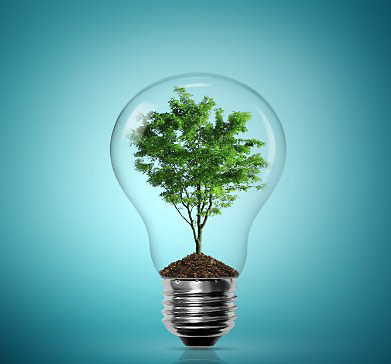
August 25, 2015
There is no way of escaping the energy bill every month thanks to factors like HVAC units that are used to heat and cool the home. They contribute significantly to energy costs, so you have to find solutions that will help to curtail those costs. Thankfully, there are a number of ways to make this possible which may end up costing less and being more practical, in addition to HVAC maintenance. Some of the techniques do not require you to install or construct anything. Some, however, might be costly and will require a few changes, but after the installation the money you save annually will be incomparable to the installation costs.
However, each person’s carbon footprint is unique which is why they have to find a technique that works for them. There is a lot of green energy around to ensure that there is something for everyone, including
Wind generators – Wind generators for homes are smaller in size than the ones that are used for large-scale energy generation. Some technically inclined people use their skills to build their own systems using local materials. The amount of power that is generated is dependent on the needs of your home, so you must calculate how much power you need before buying a wind generator as that helps to determine the installation cost.
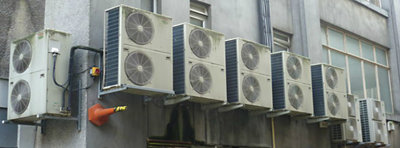
Replace your old air conditioning system – HVAC systems annually consume 43% of the energy used in the home. Units older than 10 years are said to consume 30% more every year as they are less efficient. Replacing them with modern Energy Star units is the recommended path to take in order to reduce your energy bill.
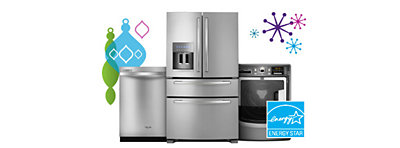
Buy Energy Star appliances – In addition to the HVAC systems, appliances with Energy Stars are now common in many households because they save money. Depending on the appliance, newer models are more energy-efficient, allowing even greater savings on your energy costs.
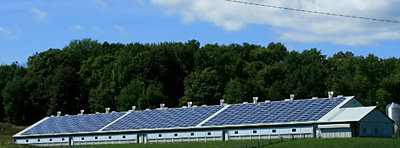
Solar panels – Photovoltaic cells, or solar panels, have been a hit with countries like China who pioneered their implementation. The rest of the world is catching on, installing solar panels just about everywhere possible, minimizing pollution while lowering the cost of electricity. The cost of installation can be as high as $30,000, a figure that can be reduced by incentives, tax credits in the green energy sector, and rebates, making it affordable for many.
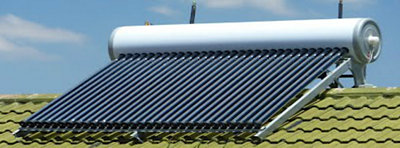
Solar water heater – Using solar to heat your water can drastically reduce your energy bill, especially for a large household. Unlike installing the solar panels for general power production, using this form of energy to heat your water is more practical because the cost of installation is recouped faster due to its high efficiency while reducing your overall heating bill.
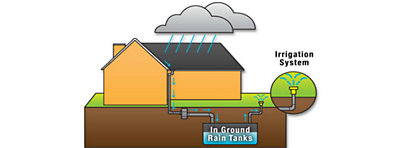
Rainwater harvesting – Collecting rainwater is a simple and easy venture that is achieved through systems like gutters that direct water to a storage unit. This water can be used for irrigation purposes and flushing toilets. Installation cost is minimized since such a system can be installed without the need of hiring a contractor for the job.
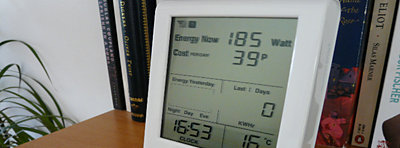
Use energy monitors – Energy monitors are a simple yet efficient way of keeping tabs on your energy bill by providing you with a thorough breakdown on energy consumption in the home. These inexpensive devices are clipped directly on the cables of your household appliances and wirelessly transmit information.
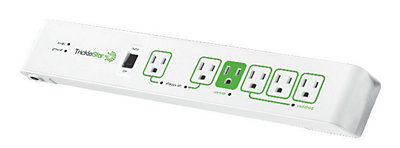
Smart power strips – This is another smart device that can monitor your energy consumption around the home. It works by curtailing the over-consumption of energy when charging devices, which wastes around 20% of energy. It therefore ensures that only the right amount of energy is dispensed to the device being charged.
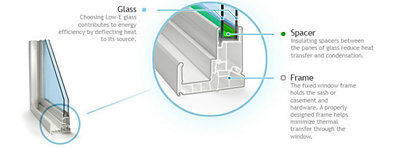
Install double pane windows – Poorly sealed windows are another source of energy loss that can negatively impact your heating and cooling bill. Installing double-pane windows is an energy-efficient way of cutting that loss and it can save you up to $500 annually.
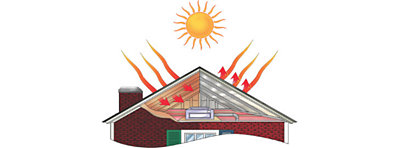
Insulate your house – Insulating your house reduces the loss of energy by about 10%. Your local handyman can seal the doors and windows in your home, making it more energy-efficient, thereby saving you money. This, combined with routine HVAC maintenance, can provide outstanding interior cooling results.
